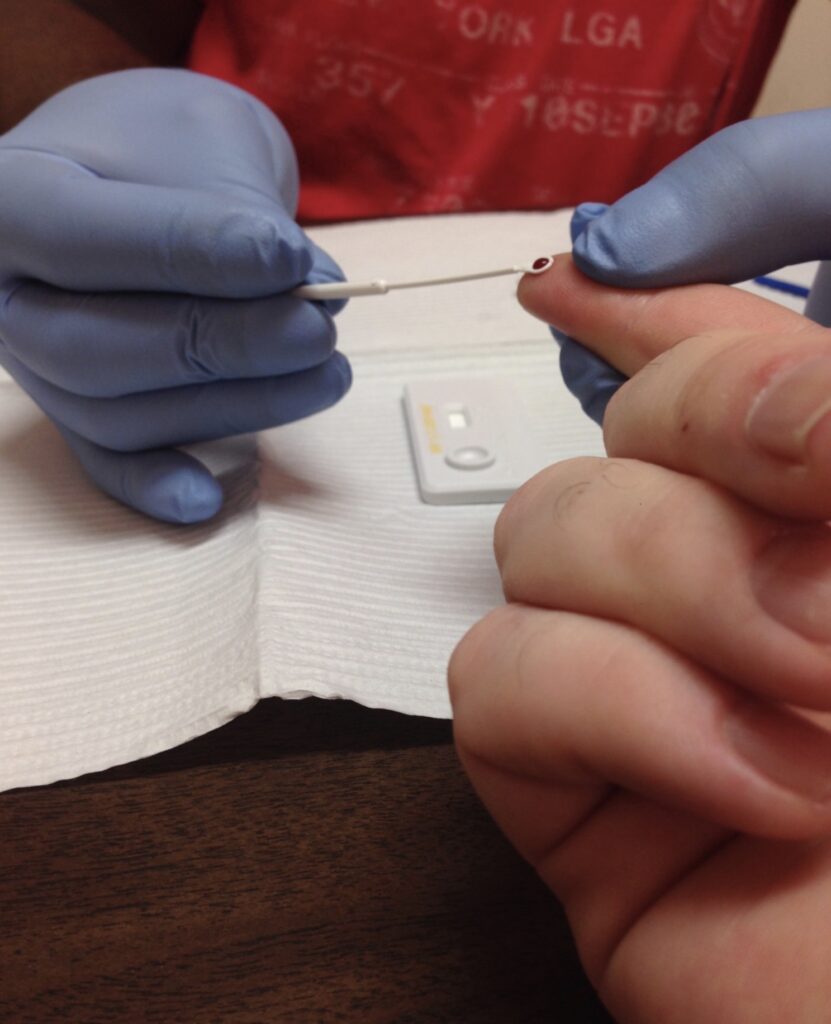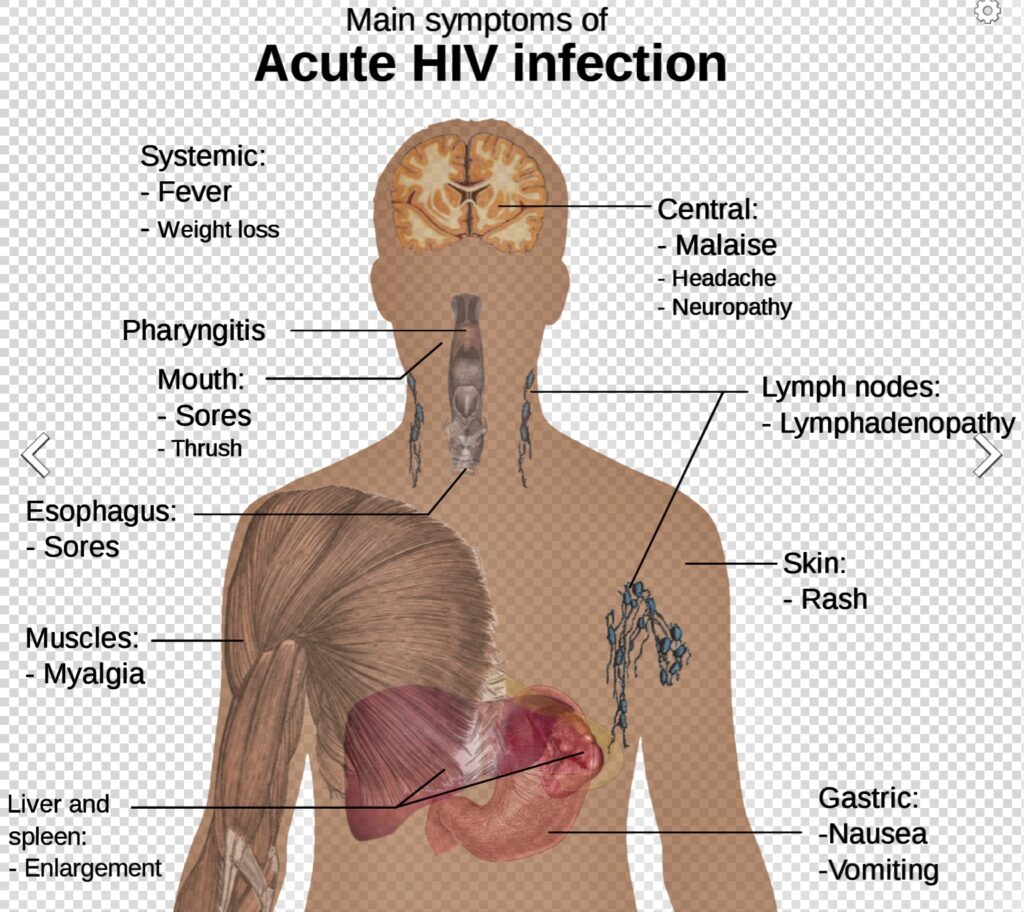Text by Henrylito D. Tacio
Photos: Wikipedia
The first case of a person infected with human immunodeficiency virus (HIV) was in 1981. The US Centers for Disease Control and Prevention (CDC) published a report of five young men with fatal or life-threatening Pneumocystis pneumonia (PCP).
Almost never seen in people with intact immune systems, PCP turns out to be one of the major “opportunistic infections” that kill people with acquired immune deficiency syndrome or more popularly known as AIDS.
At that time, there was no treatment available. But today, being infected with HIV is no longer a death sentence. Once a person has the infection, his or her body cannot get rid of it. But there’s an effective treatment called antiretroviral therapy (ART). This is a combination of several medicines that aims to control the amount of virus in the body of an HIV-infected person.
Just a word of warning: Taking an HIV treatment regimen, however, does not prevent the transmission of other sexually transmitted diseases like gonorrhea, chlamydia, and syphilis.
In addition, there is also PrEP (pre-exposure prophylaxis), a medicine people at risk for HIV can take to prevent getting HIV from sex or injection drug use. When taken as prescribed, PrEP is highly effective for preventing HIV.
Now, the bad news. The latest HIV Drug Resistance Report from the Geneva-based World Health Organization (WHO) showed that “drug resistance is growing” and urges governments “to ensure people will receive effective medicine to treat and prevent HIV.”
Surveys conducted in 10 countries in sub-Saharan Africa showed that “nearly half of infants newly diagnosed with HIV carry drug-resistant HIV before initiating treatment.” The report did not state whether such a survey was also conducted in Asian countries, including the Philippines.
What about PrEP, which is an effective prevention option for HIV-negative individuals at substantial risk of HIV infection? “Resistance is most likely to occur when PrEP is started in the setting of undiagnosed acute HIV infection,” the WHO said in a press release.
“As countries implement PrEP to prevent HIV infection, it should be accompanied by surveillance of HIV drug resistance in people who become infected despite use of PrEP,” the WHO suggested.
According to WHO, there were 37.7 million people living with HIV, 1.5 million new HIV infections, and 680 000 AIDS-related deaths in 2020. Around 65% of HIV infections globally were among key populations, including sex workers and their clients, gay men and other men who have sex with men, people who inject drugs and transgender people, and their sexual partners.
With millions of lives on the line, especially in this time of coronavirus disease 2019 (COVID-19) pandemic, the joint United Nations Program on HIV/AIDS (UNAIDS) urgently called for expanded access to health treatments and technologies and for human rights to be upheld.
“Even before the COVID-19 pandemic hit, many of the populations most at risk were not being reached with HIV testing, prevention and care services,” said WHO Director-General Tedros Adhanom Ghebreyesus during World AIDS Day last December 1.

HIV Rapid Test 
Acute HIV infection
“The pandemic has made things worse, with the disruption of essential health services, and the increased vulnerability of people with HIV to COVID-19. Like COVID-19, we have all the tools to end the AIDS epidemic, if we use them well,” the WHO chief stated.
If the world does not tackle discrimination and inequalities, UNAIDS and WHO warn that the next decade could see 7.7 million AIDS-related deaths.
“We know how to beat AIDS and we know how to beat pandemics,” said Winnie Byanyima, Executive Director of UNAIDS. “The policies to address the inequalities standing in the way of progress can be implemented, but they require leaders to step up and be bold.”
In the Philippines, UNAIDS estimated that 120,000 adults and children are living with HIV. Of this figure, only 78,000 know their status. Among those people, only 48,000 people are on ART.
ART is available in the country through the Department of Health and the efforts of the private community. It is available in over 160 private and government treatment facilities in the country.
What most Filipinos don’t realize is that ART treatment is covered by Philippine Health Insurance Corp. (PhilHealth) through its Outpatient HIV/AIDS Treatment (OHAT) package.
A press statement from a PhilHealth official issued in 2002 yet stated: “We will pay simultaneously for the anti-retroviral therapy as well as TB treatment of HIV-positive members and dependents. If they are hospitalized due to any other secondary illnesses, they will also be provided the regular inpatient benefits.”
The official also said: “Owing to their impaired immune system, Filipinos living with HIV are extremely vulnerable to TB. Their bodies are unable to stop the TB bacteria from reproducing.”
Tuberculosis (TB) is the leading cause of death among people living with HIV. Aside from TB, they are also susceptible to other opportunistic diseases like pneumonia or even vicious fungal infections.
According to DOH, there are four ways a person can get HIV: sexual contact (heterosexual, homosexual, and bisexual), needle sharing among injecting drug users, mother-to-child transmission, and blood transfusion.
HIV is present in all body fluids of an infected person but is concentrated in the blood, semen, and vaginal fluids. It is present in virtually all body tissues and organs, including the brain and spinal cord.

